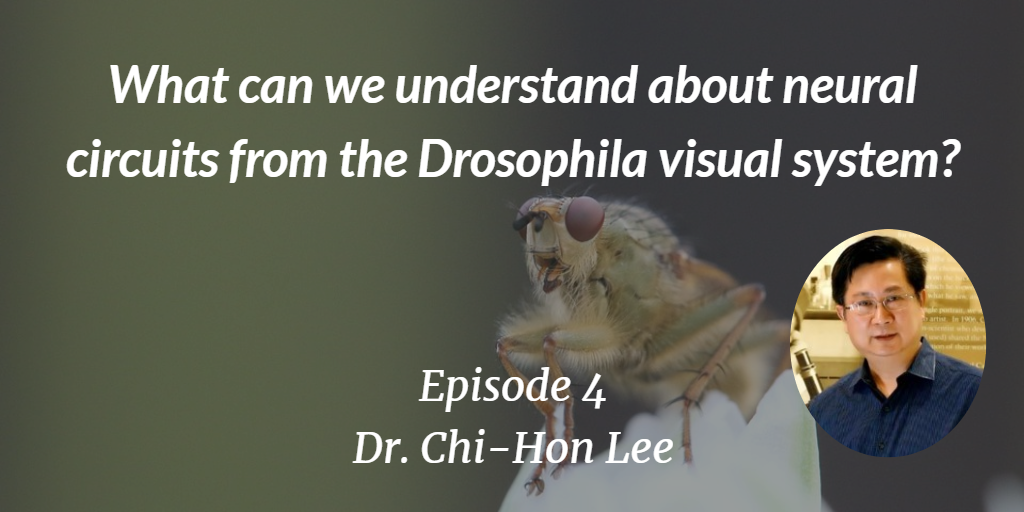
What can we understand about neural circuits from the Drosophila visual system?
- Episodes
- 1.6K
Dr. Chi-Hon Lee, the director of the Institute of Cellular and Organismic Biology at Academia Sinica, answers many questions like why Drosophila is a good animal model to study the nervous system, what is a neural circuit, how we can study the visual system in Drosophila to better understand neural circuits and how a circuit can control behavior and much more.
https://radiopublic.com/stemspeak-6rRR0R/ep/s1!a4f67
If you want to know more about his work in cognitive neuroscience, visit here
Using the Drosophila visual system as a model, we study how neurons form complex yet stereotyped synaptic connections during development and how the assembled neural circuits extract visual attributes, such as color and motion, to guide animal behaviors. To study visual circuit functions, we combine structural and functional approaches to map visual circuits.
With targeted manipulation of neuronal activity, we identified specific neurons that are functionally required for color-driven behaviors. Using both lights- and electron microscopy (EM) studies, we mapped the neurons’ synaptic circuits.
For circuit development, we focus on the formation of synaptic connections between the chromatic photoreceptors and their synaptic partners in the medulla neuropil. We used high-resolution imaging techniques and genetic manipulations to delineate the molecular mechanisms that control dendritic patterning and synaptic specificity of the medulla neurons.
Did you miss the previous episode? Listen to Episode 3
If you liked this article, then please subscribe to our YouTube Channel for the latest Science & Tech news. You can also find us on Twitter & Facebook.



